
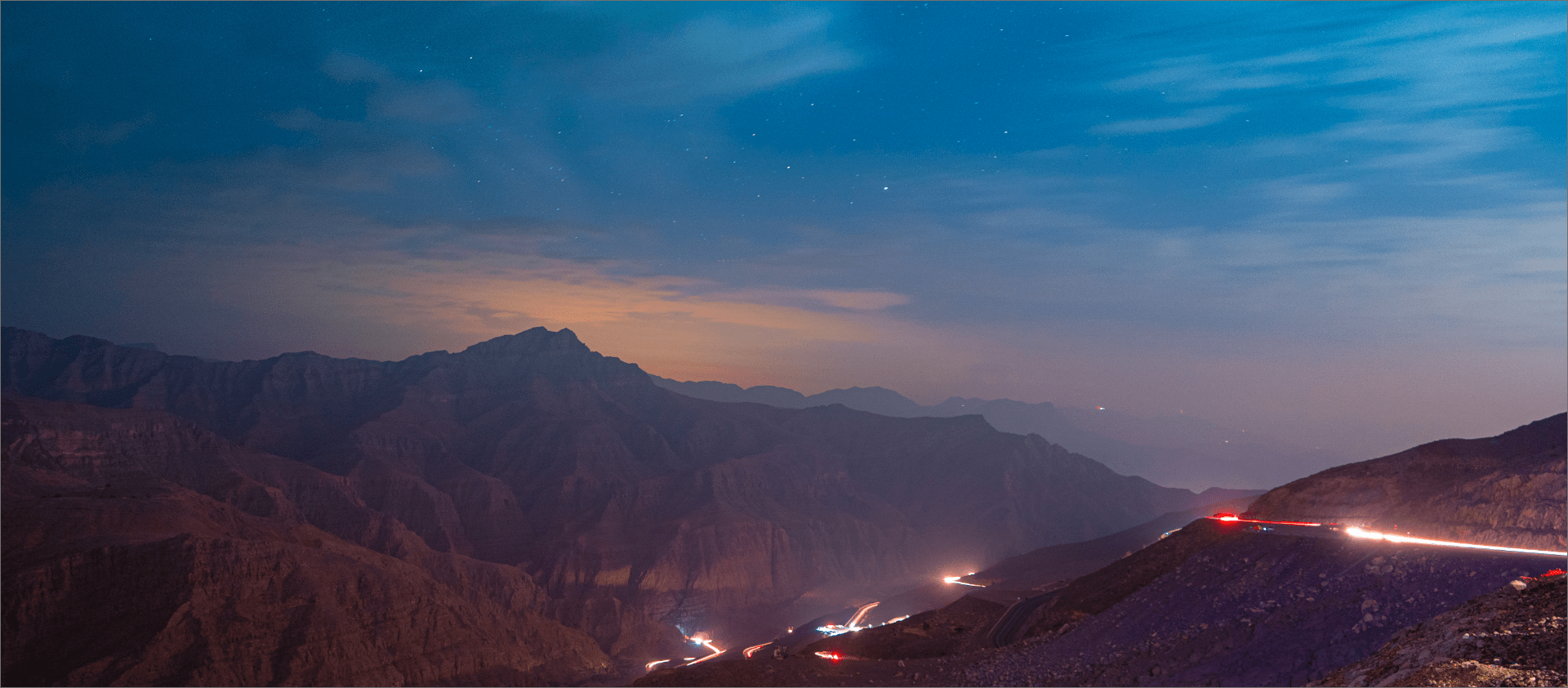
ABOUT
JEBEL
JAISS
The Jebel Jais mountain peak is part of the spectacular cloud-piercing Hajar mountain range. The range extends from Ras Al Khaimah on the eastern side of the United Arab Emirates to the Musandam Peninsula on the northeastern side of Oman.

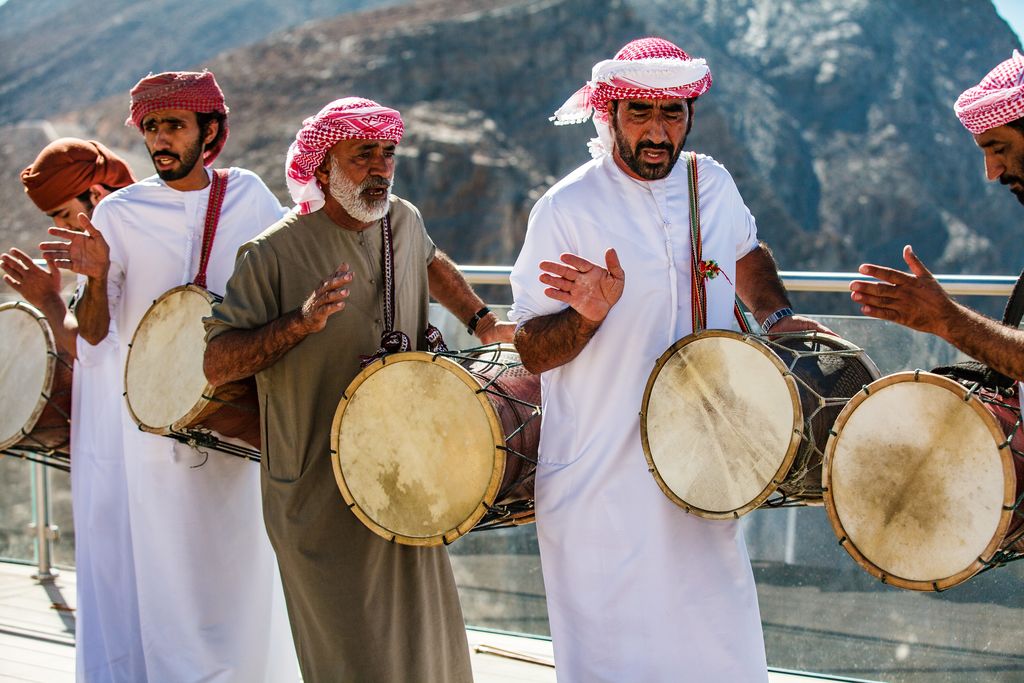
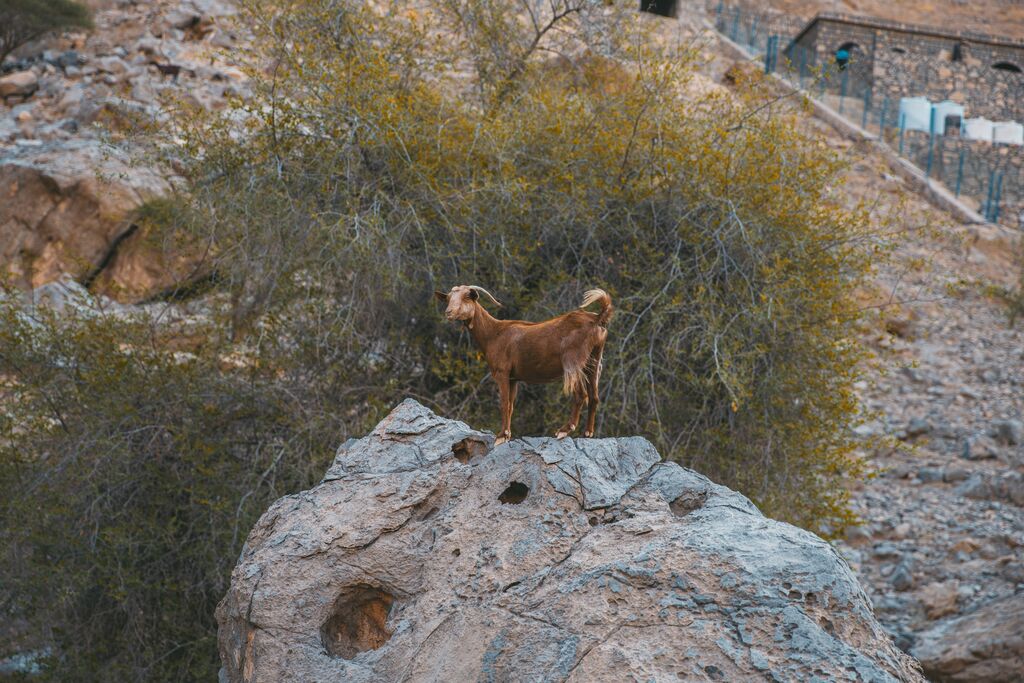
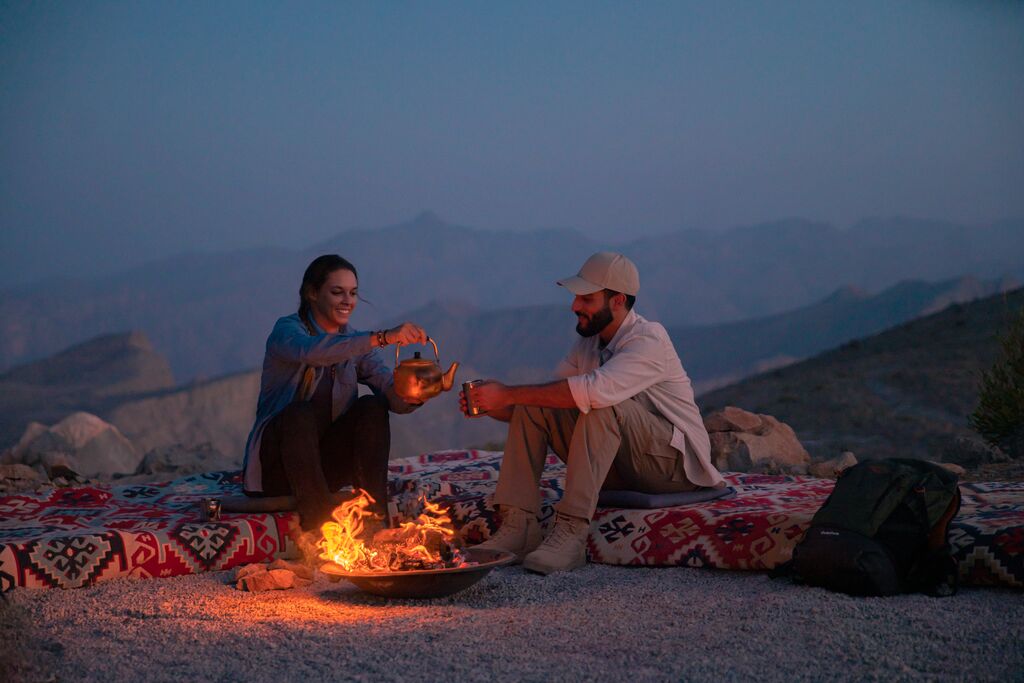
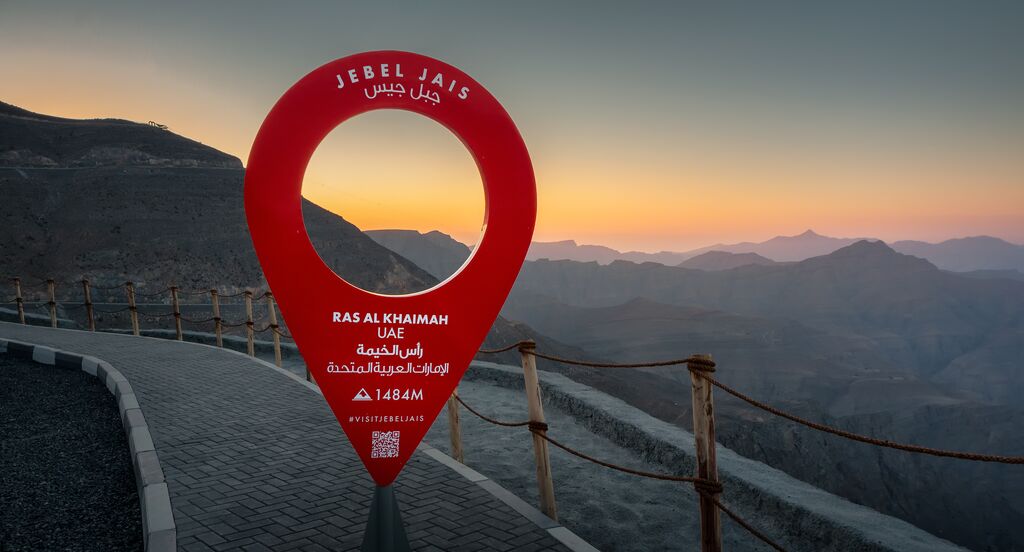
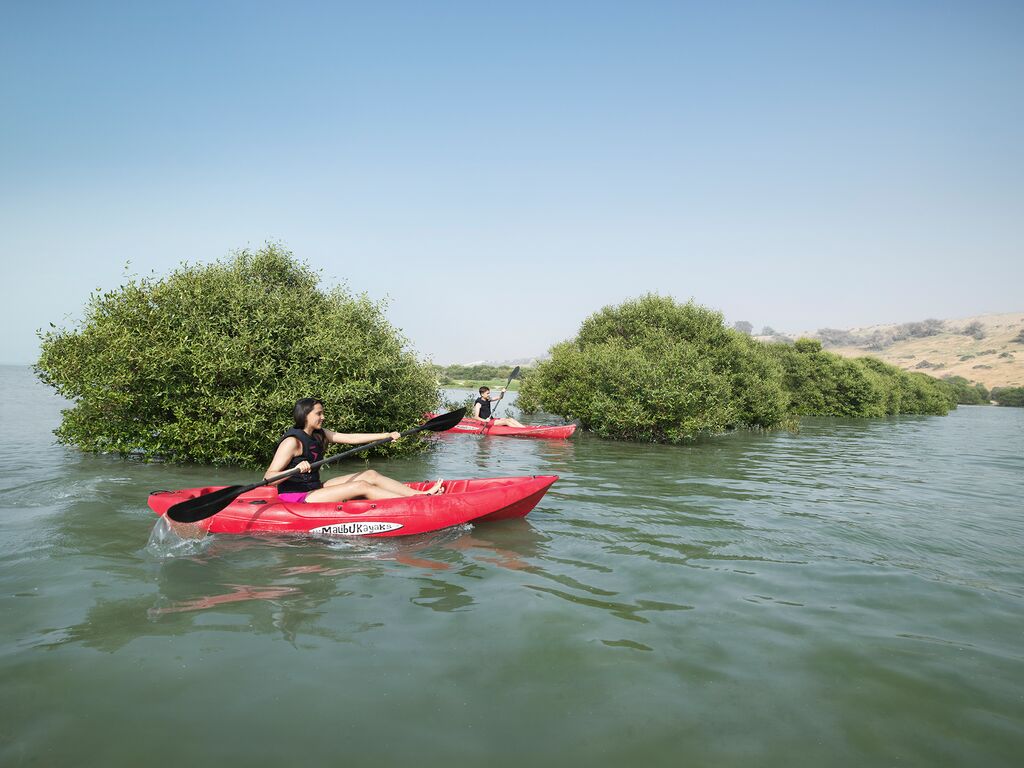

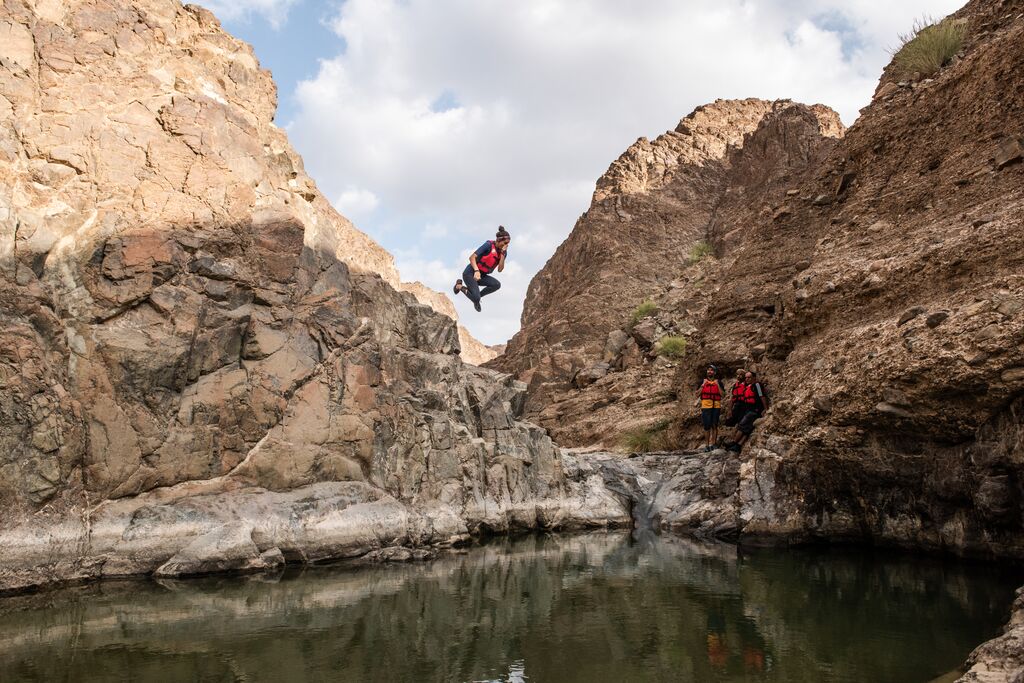
 ACTIVITIES
ACTIVITIES